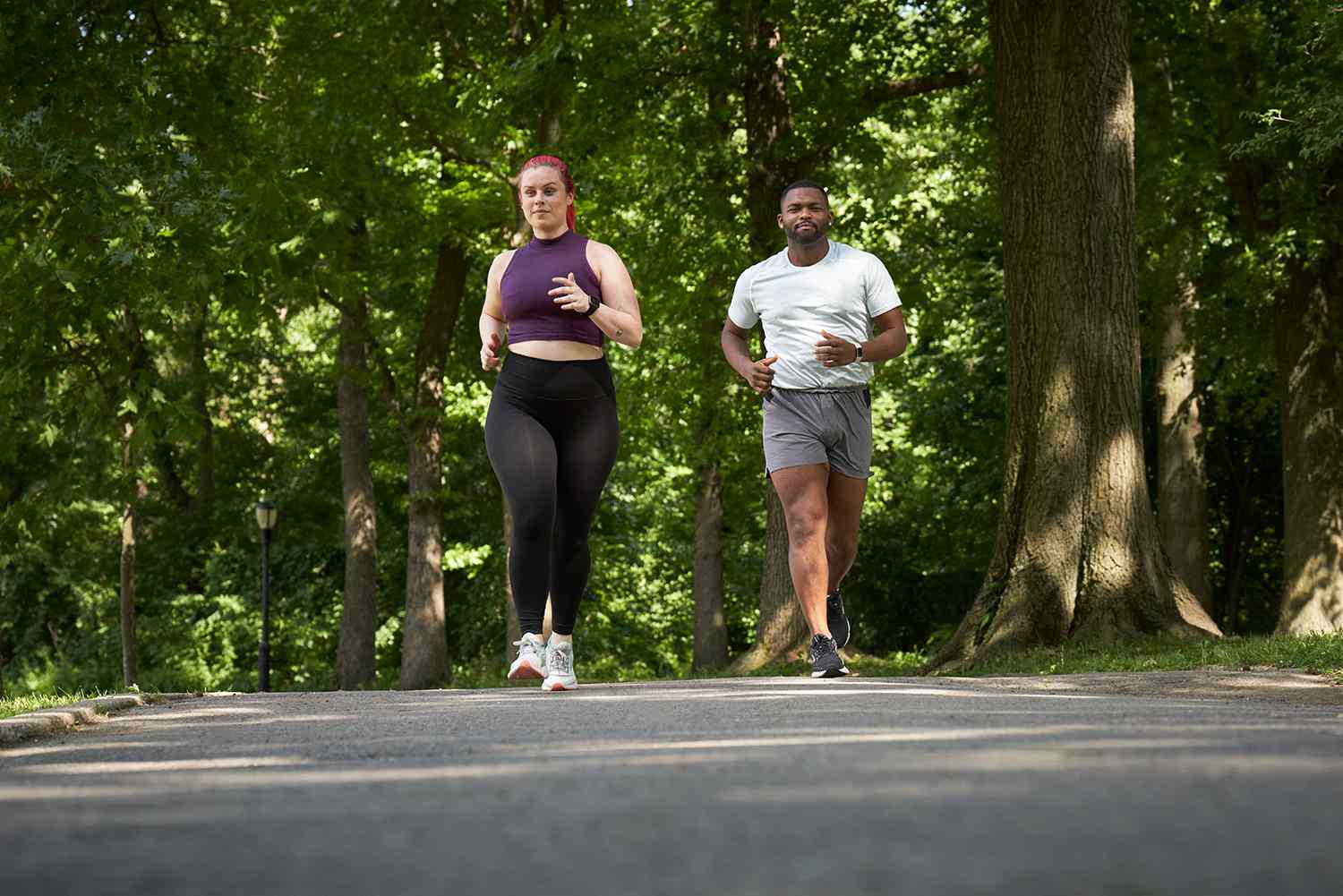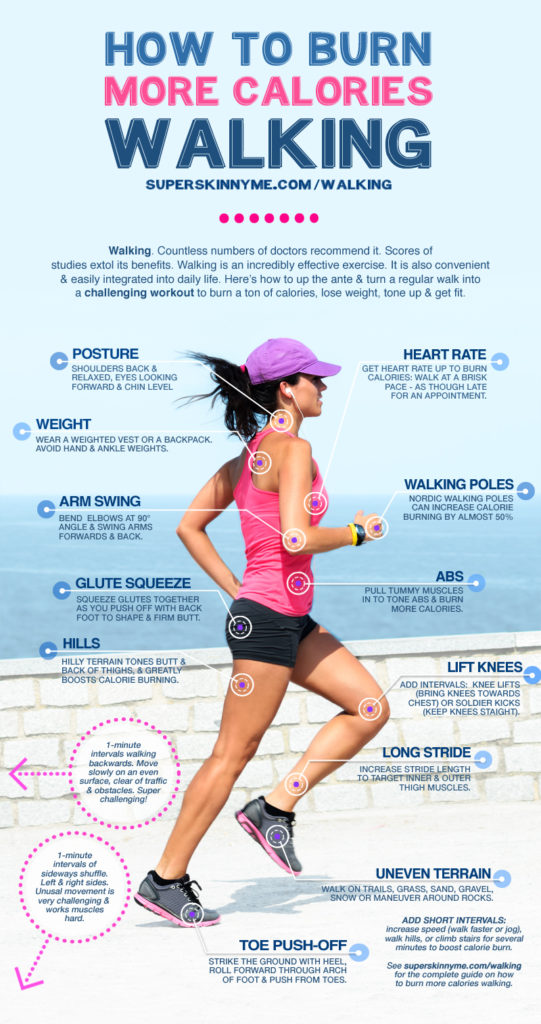Walking for Weight Loss: How to Burn Calories and Stay Motivated
Published on April 25, 2025 by 5KN Health Team
Introduction
Looking to shed pounds without a gym membership? Walking for weight loss is a simple, effective, and accessible way to burn calories, boost your health, and achieve your fitness goals. This low-impact exercise suits all fitness levels, requires minimal equipment, and can be done anywhere. Backed by science and loved for its versatility, walking can transform your body and mind. In this comprehensive guide, we’ll explore how walking helps you lose weight, share calorie-burning strategies, and provide tips to stay motivated on your journey.

Why Walking Works for Weight Loss
Weight loss occurs when you burn more calories than you consume, creating a calorie deficit. Walking is an excellent way to increase your daily calorie expenditure. According to the CDC, a 30-minute brisk walk at 3.5 mph burns 120–200 calories, depending on your weight and pace. Over time, consistent walking, paired with a balanced diet, leads to sustainable weight loss.
The Science of Walking and Calorie Burning
Walking engages major muscle groups, elevating your heart rate and boosting metabolism. A 2019 study in Journal of Physical Activity and Health found that regular walking at a moderate pace (3–4 mph) reduces body fat and improves insulin sensitivity, key factors in weight management. Walking also releases endorphins, enhancing mood and reducing emotional eating.
Benefits of Walking for Weight Loss
Beyond burning calories, walking offers benefits that support weight loss:
- Sustainable Exercise: Low-impact, reducing injury risk.
- Improves Metabolism: Boosts calorie burn even at rest.
- Reduces Stress: Lowers cortisol, which can hinder weight loss (see our meditation guide).
- Enhances Heart Health: Supports cardiovascular fitness.
- Builds Consistency: Easy to integrate into daily life (see our walking guide).
How to Walk for Weight Loss
To maximize weight loss, follow these science-backed strategies to make your walks more effective.
1. Set a Calorie-Burning Goal
Aim for 150–300 minutes of moderate-intensity walking per week, as recommended by the Mayo Clinic. This translates to 30–60 minutes, 5 days a week. To lose 1 pound per week, create a 500-calorie daily deficit through walking and diet.
Tips
- Use a fitness tracker to monitor steps (aim for 10,000–12,000 daily).
- Track calories burned with apps like MyFitnessPal.
- Combine walking with a balanced diet (see our superfoods guide).
2. Increase Intensity with Intervals
Interval walking—alternating fast and slow paces—burns more calories. A 2020 study in Obesity found that high-intensity interval walking increased fat loss by 20% compared to steady-state walking.
How to Do It
- Warm up: 5 minutes at a leisurely pace.
- Fast walk: 1 minute at 4–5 mph (brisk, hard to talk).
- Recover: 2 minutes at 2–3 mph.
- Repeat for 20–30 minutes.
3. Add Incline or Resistance
Walking uphill or on uneven terrain (e.g., trails) increases calorie burn by 20–30%. Wearing a weighted vest or backpack adds resistance, boosting intensity.
Tips
- Find hills or use a treadmill with incline.
- Start with a 5–10-pound vest; increase gradually.
- Walk on grass or sand for extra effort.

4. Optimize Your Form
Proper form maximizes calorie burn and prevents injury:
- Keep head up, eyes forward.
- Swing arms naturally at 90-degree angles.
- Land on your heel, roll to toes for a strong push-off.
- Maintain a straight posture, engaging core.
5. Stay Hydrated
Hydration supports metabolism and performance. Dehydration reduces exercise efficiency, limiting calorie burn. Drink 16–20 ounces of water before and after walks (see our hydration guide).
Watch This Walking Workout for Weight Loss
Staying Motivated: Tips for Long-Term Success
Motivation is key to consistent walking. Here’s how to stay committed:
- Set Realistic Goals: Aim for 1–2 pounds of weight loss per week.
- Track Progress: Log miles, steps, or weight loss in a journal or app.
- Find a Walking Buddy: A partner boosts accountability.
- Mix Up Routes: Explore new parks or neighborhoods to stay engaged.
- Reward Yourself: Treat yourself to new walking shoes after a month.
Motivational Strategies
- Use Music or Podcasts: Create a playlist to energize your walks.
- Join Challenges: Participate in step challenges via apps like Fitbit.
- Practice Mindfulness: Focus on your steps or surroundings to stay present (see our meditation guide).
- Celebrate Milestones: Share achievements on social media or with friends.
Sample 4-Week Walking Plan for Weight Loss
This plan builds intensity and consistency:
| Week | Goal | Daily Walk |
|---|---|---|
| Week 1 | Build habit | 30 min, 3–4 mph, 5 days |
| Week 2 | Add intervals | 30 min with 5 intervals, 5 days |
| Week 3 | Increase duration | 45 min with 6 intervals, 5 days |
| Week 4 | Add incline | 45 min with incline or vest, 6 days |

Common Challenges and Solutions
Walking for weight loss can have hurdles. Here’s how to overcome them:
- Lack of Time: Break walks into two 15-minute sessions.
- Boredom: Vary routes or listen to new content.
- Plateaus: Increase intensity or duration every 2–3 weeks.
- Weather: Walk indoors (malls, treadmills) during rain or heat.
- Soreness: Stretch post-walk and wear supportive shoes.
Complementary Habits for Weight Loss
Walking works best with other habits:
- Nutrition: Eat nutrient-dense foods to support energy (see our superfoods guide).
- Hydration: Drink water to boost metabolism (see our hydration guide).
- Mindfulness: Manage stress to avoid overeating (see our meditation guide).
- Sleep: Aim for 7–9 hours to regulate hunger hormones.
Special Considerations
Walking is safe for most, but:
- Joint Issues: Consult a doctor for arthritis or knee pain; use cushioned shoes.
- Obesity: Start with shorter walks and build gradually.
- Pregnancy: Walking is beneficial but check with a healthcare provider.
- Heart Conditions: Get medical clearance for brisk walking.
Common Myths About Walking for Weight Loss
Let’s debunk misconceptions:
- Myth: Walking isn’t enough for weight loss. It burns significant calories when done consistently.
- Myth: You need to walk fast to see results. Moderate pace works; intensity can be adjusted.
- Myth: More is always better. Overdoing it can lead to burnout or injury.
Conclusion
Walking for weight loss is a powerful, sustainable way to burn calories, improve health, and achieve your fitness goals. By optimizing your walks, staying motivated, and pairing exercise with healthy habits, you can transform your body and mind. Lace up your shoes today and explore more health tips on our site to support your weight loss journey.